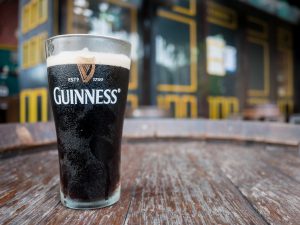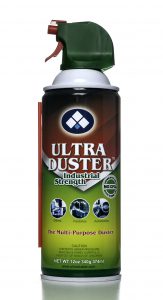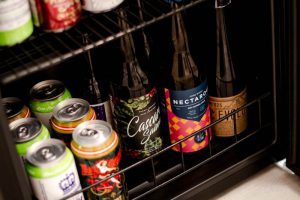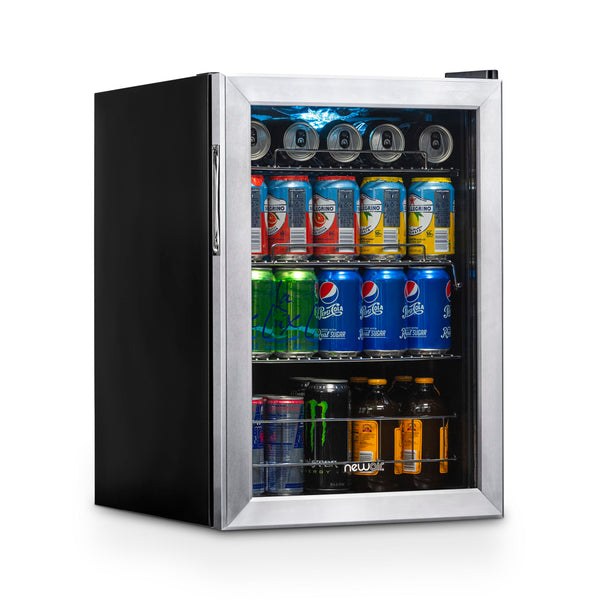If you want to keep your beer in good condition for as long as possible, you need to follow a few key requirements. Here is what and what not to do when preparing your beer bottles or six-packs for the perfect storage environment.
1. Do store the beer in darker conditions. Some of these darker spaces could include a cellar, basement or fridge. The average storage area won’t give you ice cold beer at freezing temperatures, but it will help your beer supply stay chilled. Beverage coolers are ideally suited for storage, and they do a wealth of good in helping extend the drinkability.
2. Do consider the type of bottle. Glass bottles are susceptible to oxidation, and oxidized beer can often be termed skunked beer. This is when UV rays interact with the beer to produce off flavors. The darker the space, the less oxidized your beer will become. Of course, the color of bottle matters tremendously here, with brown bottles protecting the most and clear bottles protecting the least.
3. Don’t store your beer on its side. When you put beer bottles or cans on their sides, you increase the surface area; this increased surface area spreads out the beer and exposes more of it to UV rays and, hence, oxidation. And as we know from above, oxidation is not beer’s best friend. This could also lead to yeast rings around the inside, which can also affect the flavor.
4. Don’t forget the need for temperature differences. Just like white wine, beer is not one-type-suits-all, and it shouldn’t be treated that way. Beer comes in many varieties, with ingredients, fermentation yeast and temperature all playing a key role in how it finishes. We’ll delve more into this one in the next section.

















1 comment